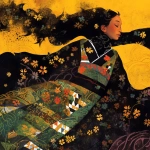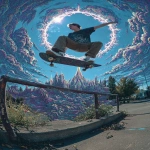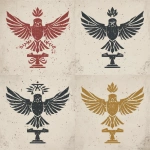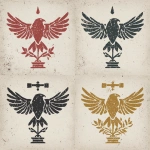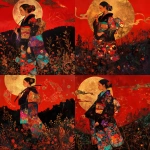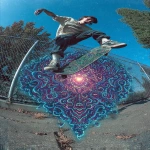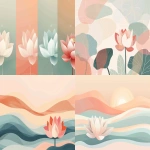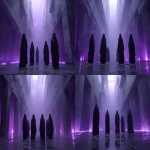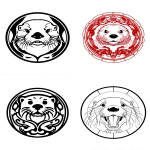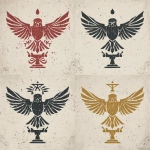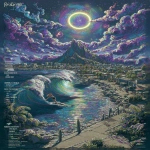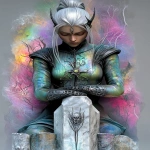Explore the Best AI Image Gallery
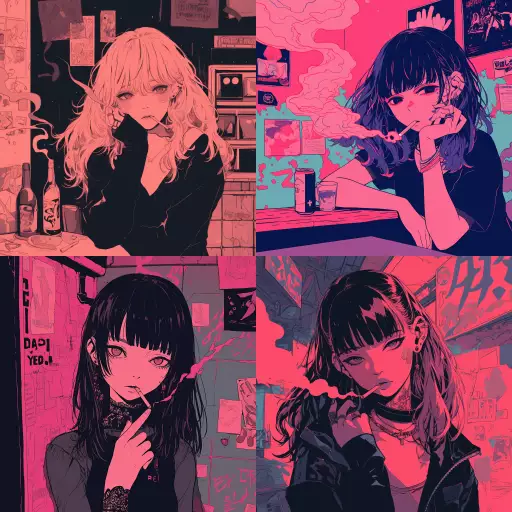
Pixels Painted in Air: AI Image Generation and the Art World
The art world is a landscape constantly reshaped by innovation. From the advent of photography to the digital revolution, new tools have challenged traditional boundaries and redefined artistic expression. Now, artificial intelligence (AI) stands at the forefront, wielding its algorithmic prowess to generate breathtaking images that blur the lines between human creativity and machine ingenuity.
AI image generation, powered by sophisticated neural networks, allows anyone with an internet connection to conjure up stunning visuals. Simply input a text prompt, describing the desired scene, style, or emotion, and watch as the AI weaves together pixels into a captivating artwork.
A Canvas of Infinite Possibilities
This technology unlocks a universe of creative possibilities for artists, designers, and even everyday individuals. Imagine:
- Conceptualizing abstract ideas and translating them into tangible visuals with unprecedented speed and ease
- Collaborating with AI to explore new artistic styles and push the boundaries of imagination
- Creating personalized artwork tailored to individual tastes and preferences
- Generating unique assets for marketing, advertising, and design projects
The applications are as boundless as the human imagination itself.
Bridging the Gap Between Human and Machine
AI image generation isnt about replacing artists; its about empowering them with new tools to enhance their creative processes.
- Artists can leverage AI to overcome technical hurdles, allowing them to focus on the conceptual and emotional aspects of their work.
- The technology can act as a springboard for inspiration, generating unexpected visuals that spark fresh ideas.
- AI can assist in time-consuming tasks such as creating backgrounds or refining details, freeing up artists to dedicate more time to core creative endeavors.
Ultimately, AI image generation represents a symbiotic relationship between human creativity and machine intelligence. By embracing this collaboration, we can unlock new heights of artistic expression and push the boundaries of whats possible.
Ethical Considerations: Navigating Uncharted Territory
While the potential of AI image generation is undeniable, it also raises crucial ethical considerations that demand careful attention:
- Copyright and Ownership: Who owns the copyright to AI-generated images? Is it the user who provided the prompt, the developer of the AI algorithm, or the AI itself?
- Bias and Representation: AI models are trained on vast datasets, which can inadvertently perpetuate existing biases. Its crucial to ensure that AI-generated images reflect diverse perspectives and avoid reinforcing harmful stereotypes.
- Misinformation and Deepfakes: The ability to create highly realistic synthetic images raises concerns about the spread of misinformation and the potential for malicious use in creating deepfakes.
Addressing these ethical challenges requires a multi-faceted approach involving collaboration between artists, technologists, policymakers, and the general public. Open dialogue, transparency, and responsible development practices are essential to harnessing the power of AI image generation while mitigating its potential risks.
The Future of Art: A Collaborative Canvas
As AI technology continues to evolve, its impact on the art world will only intensify. We can anticipate:
- Increased accessibility to artistic tools and resources, empowering individuals from all backgrounds to express their creativity.
- Emergence of new artistic genres and styles that leverage the unique capabilities of AI.
- Blurring lines between physical and digital art forms, creating immersive experiences that transcend traditional boundaries.
- Collaborative projects where humans and AI work in tandem, pushing the boundaries of artistic innovation.
The future of art is a collaborative canvas, where human imagination and machine intelligence intertwine to create groundbreaking works that inspire, challenge, and redefine our understanding of creativity itself.
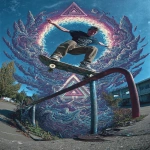
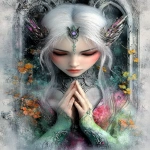
](https://images.ai-img.art/thumbnails/150/461af9b1ecfbca79f228584c0f3751118c0f696486cadcccf30ab2600b74bc0b.webp)


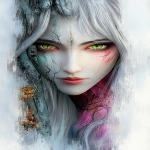
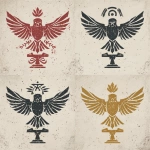
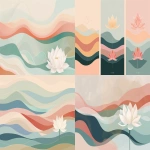
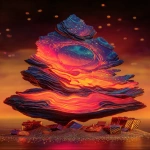

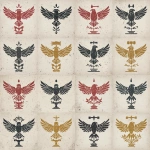

](https://images.ai-img.art/thumbnails/150/c9437d9698a6c6c26564883d095b411feaeda2095b19e025e8c1668085441c5c.webp)
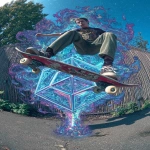

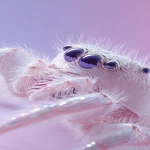

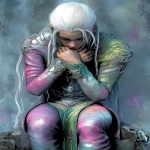
](https://images.ai-img.art/thumbnails/150/1f5b798b3922304bf6c37ce90b7a9290370c44a8bcfbfb0180b93faa4b02f73a.webp)
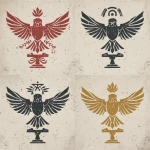
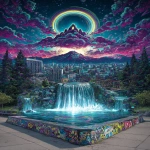
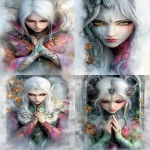
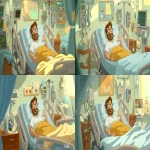
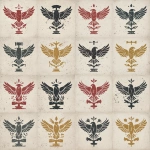
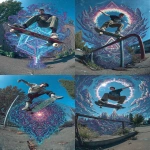

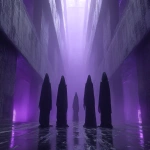

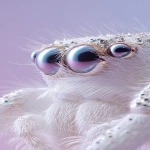
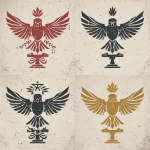
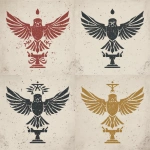
](https://images.ai-img.art/thumbnails/150/1ce1e6bd70605ae20fb18eb21544092347b1baebb547304b9002eb707483f172.webp)


